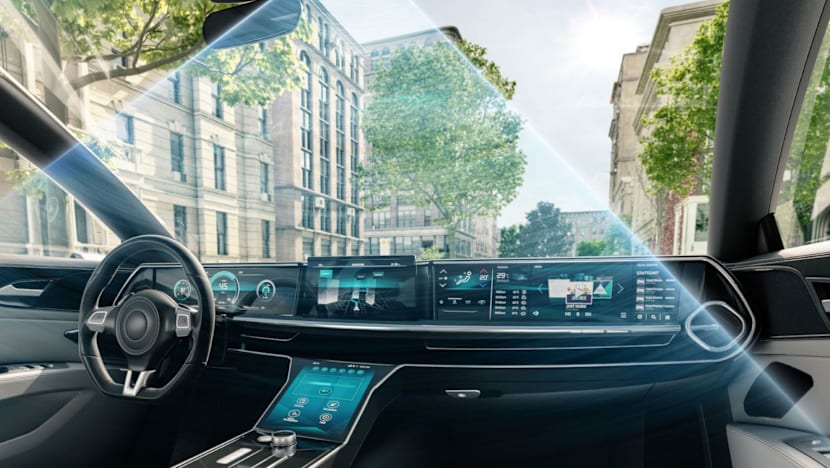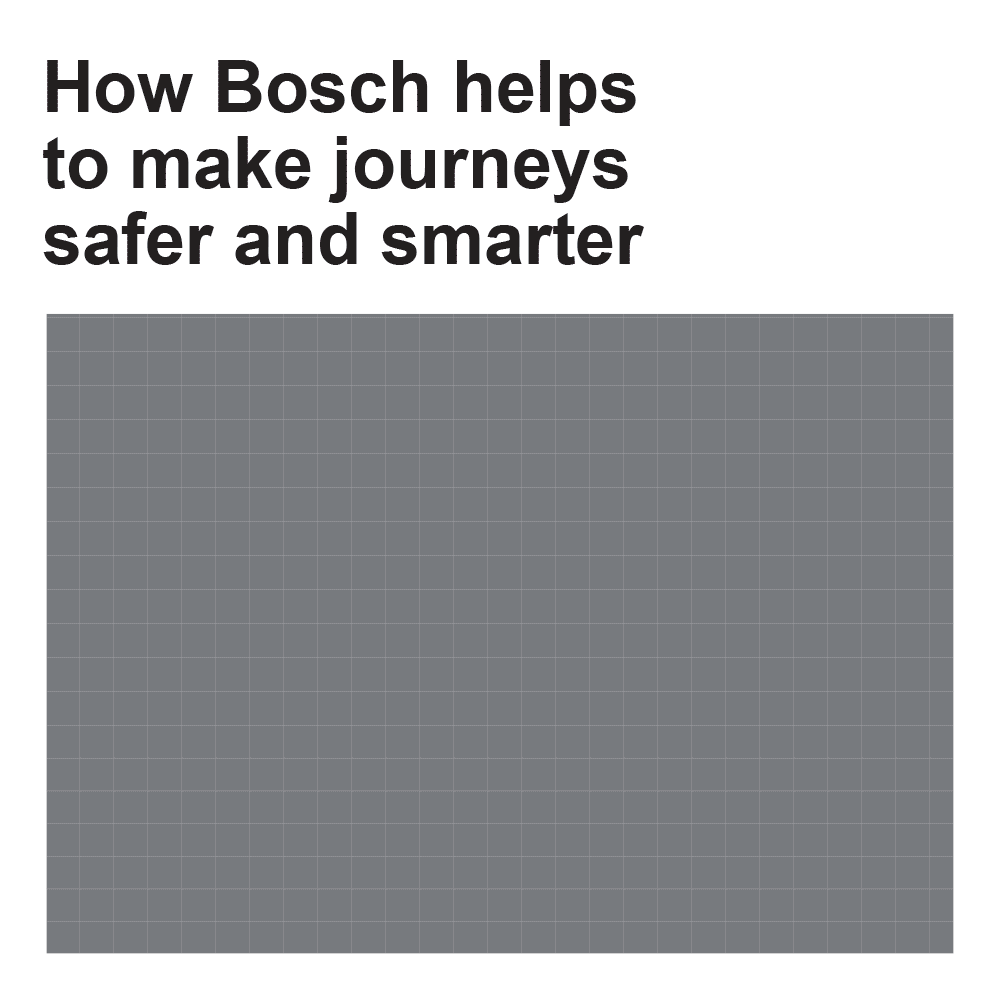Software-defined vehicles: Powering a new era of mobility
As cars become intelligent, connected machines, Bosch is helping to shape a future where software takes the wheel ŌĆō driving safety, personalisation and innovation in real time.

A software-defined vehicle runs on centralised computing power, which enables remote performance upgrades and bug fixes. Photos: Bosch

This audio is generated by an AI tool.
For decades, cars have been prized for their physical and mechanical qualities ŌĆō from the sleek silhouettes of luxury automobiles to the raw horsepower of high-performance vehicles. But a transformation is underway, driven by advancements in artificial intelligence and technology.
Today, the focus is shifting away from hardware to software ŌĆō and specifically, to how a vehicleŌĆÖs functions can be continuously updated, enhanced and optimised through code.
ŌĆ£The mobility sector is undergoing a paradigm shift, with software becoming the defining factor in vehicle performance, user experience and innovation. As a result, vehicles are no longer standalone machines but intelligent, connected components of a much broader digital ecosystem,ŌĆØ said Mr Vijay Ratnaparkhe, president of .
A DIGITAL PLATFORM ON WHEELS
For much of the past century, car manufacturing was centred on hardware. Traditional vehicles were built around dozens of separate electronic control units, each responsible for specific functions like braking, infotainment or engine control.

Software-defined vehicles (SDVs) flip that model. They rely on a centralised architecture powered by high-performance computers. This approach makes it possible to deliver new features remotely through over-the-air updates, along with real-time performance upgrades and bug fixes. In effect, the vehicle becomes a digital platform ŌĆō one that learns, adapts and improves over time.
ŌĆ£What sets SDVs apart is that software enables the vehicleŌĆÖs core functions,ŌĆØ Mr Ratnaparkhe shared. ŌĆ£By centralising intelligence and decoupling hardware from software, automakers can build vehicles that evolve.ŌĆØ
PERSONALISED, PROACTIVE AND ALWAYS CONNECTED
Software is also reshaping how drivers experience their vehicles. TodayŌĆÖs users want more than basic functionality ŌĆō they expect connected and customisable experiences. ŌĆ£Increasingly, drivers want their cars to be as intuitive, responsive and personalised as the devices in their hands,ŌĆØ noted Mr Ratnaparkhe.
This is where SDVs come in. By running diagnostics on driver behaviour, for instance, they can detect potential issues early and reduce the risk of accidents.
Beyond safety, personalisation is another key feature. From infotainment and ambient lighting to performance settings and driver assistance, SDVs can be tailored to suit individual preferences, time of day and even the destination. ŌĆ£Software is redefining what ŌĆśdriving experienceŌĆÖ means ŌĆō moving from reactive safety to proactive intelligence,ŌĆØ Mr Ratnaparkhe said.
The shift reflects a broader trend where people view their vehicles not just as a mode of transport, but as a third living space ŌĆō a place where they can stay connected, as they do at home or in the office.

WHAT THIS MEANS FOR MANUFACTURERS
For automakers and mobility service providers, SDVs open up new ways to create value ŌĆō enabling shorter development cycles, quicker go-to-market timelines and new revenue streams such as digital services and feature add-ons.
ŌĆ£The shift to software-defined mobility demands more than just new code ŌĆō it requires rethinking the entire vehicle architecture,ŌĆØ Mr Ratnaparkhe said. ŌĆ£Bosch helps automakers bridge the gap with proven systems, scalable platforms and deep domain expertise.ŌĆØ
The company is investing in the core technologies needed to support this shift, from advanced driver assistance systems to vehicle-to-everything (V2X) communication. It is also developing vehicle motion management systems that combine braking, steering, suspension and powertrain functions for more responsive control.

HARDWARE THAT DRIVES PERFORMANCE
BoschŌĆÖs software innovations are backed by a robust suite of hardware, including intelligent sensors and act-by-wire systems that replace mechanical linkages with electronic signals.
ŌĆ£Even the smartest car needs a solid foundation. Without sophisticated hardware, it will not cover any distance,ŌĆØ Mr Ratnaparkhe said. ŌĆ£Act-by-wire is especially relevant for software-defined mobility, as it allows for greater personalisation and higher levels of automation.ŌĆØ
Still, the key to successful SDVs lies in integration. ŌĆ£Software defines behaviour but hardware enables movement, safety and performance,ŌĆØ he added. ŌĆ£BoschŌĆÖs strength lies in combining both seamlessly.ŌĆØ
With its domain expertise, comprehensive product portfolio and engineering capabilities, Bosch supports automakers and tech companies at every stage of the SDV transition. ŌĆ£Our goal is to make every journey safer, cleaner and smarter ŌĆō while helping the industry accelerate its digital transformation,ŌĆØ Mr Ratnaparkhe said.
Discover how Bosch is shaping the future of mobility through .







